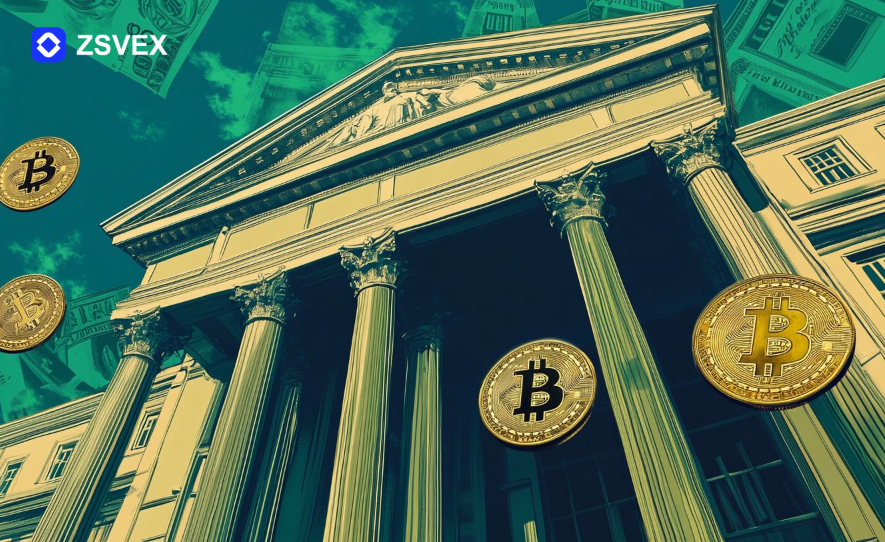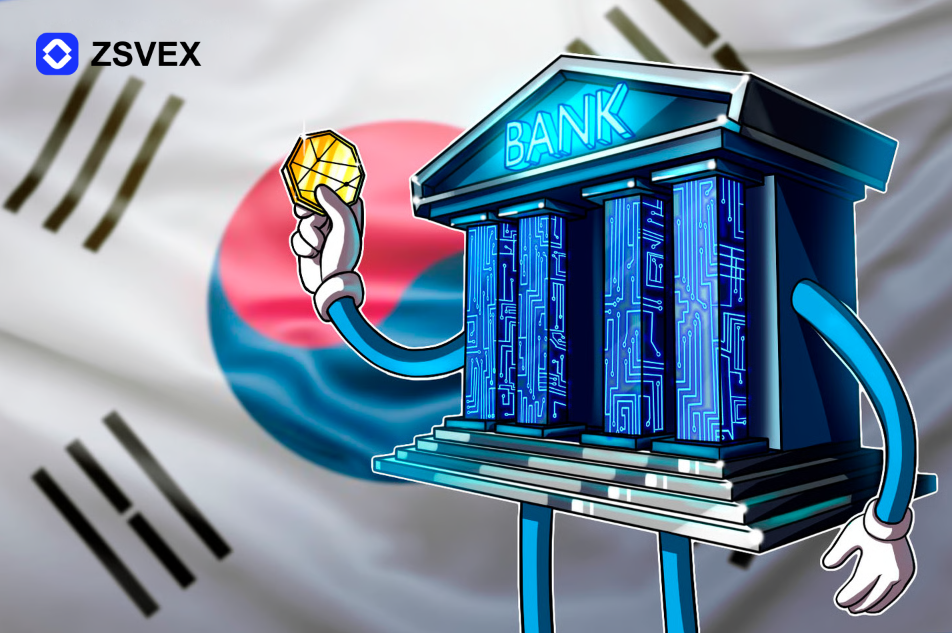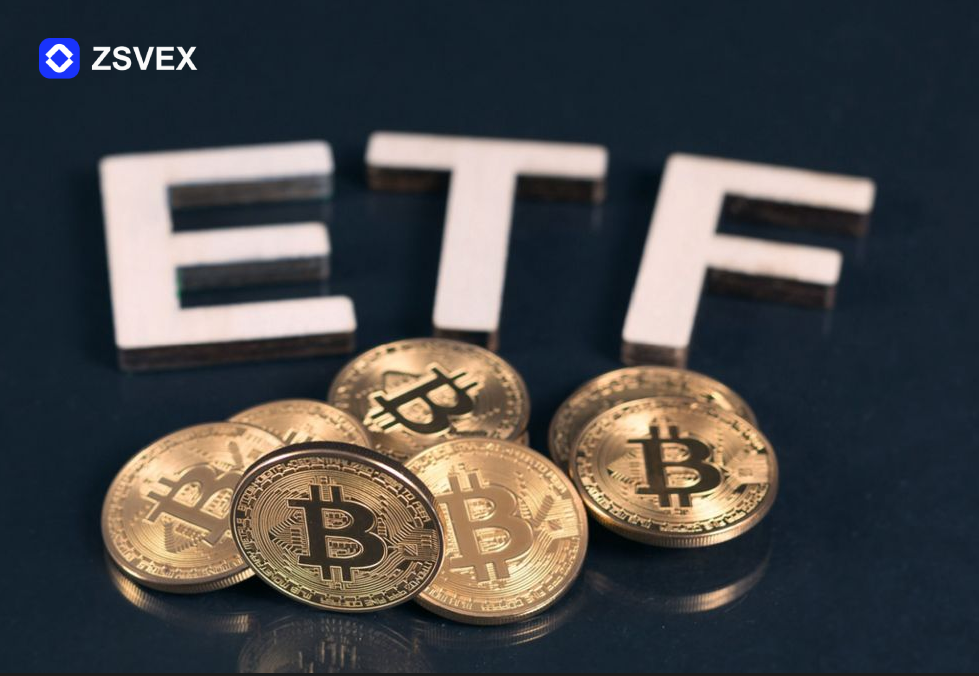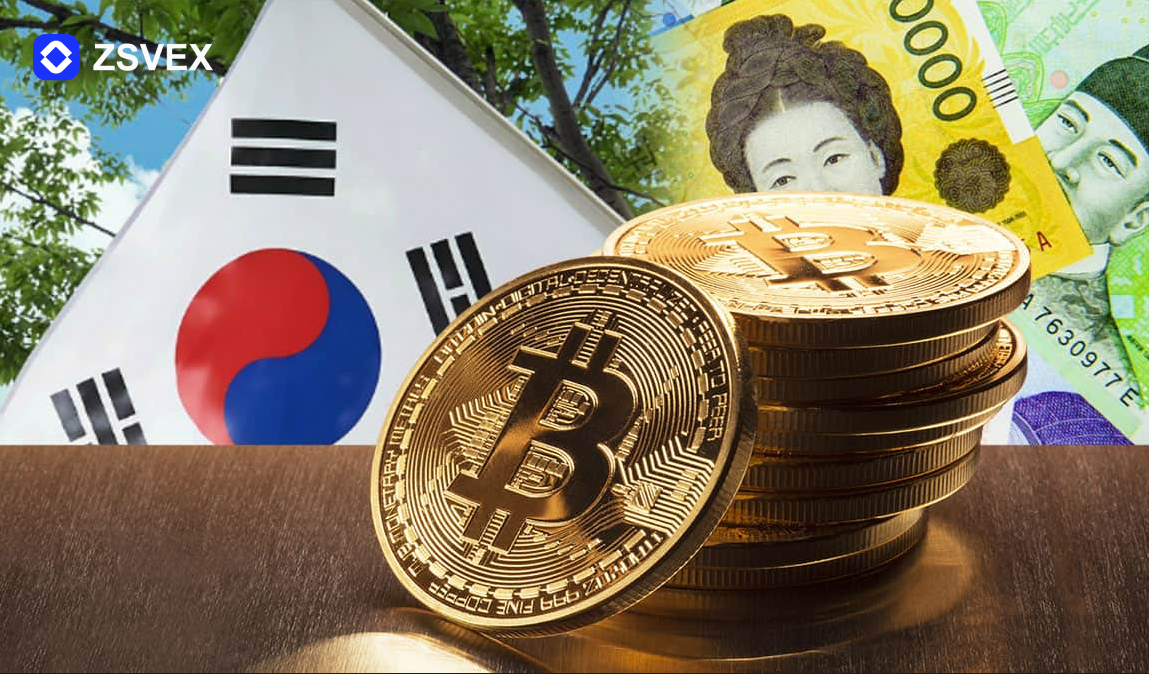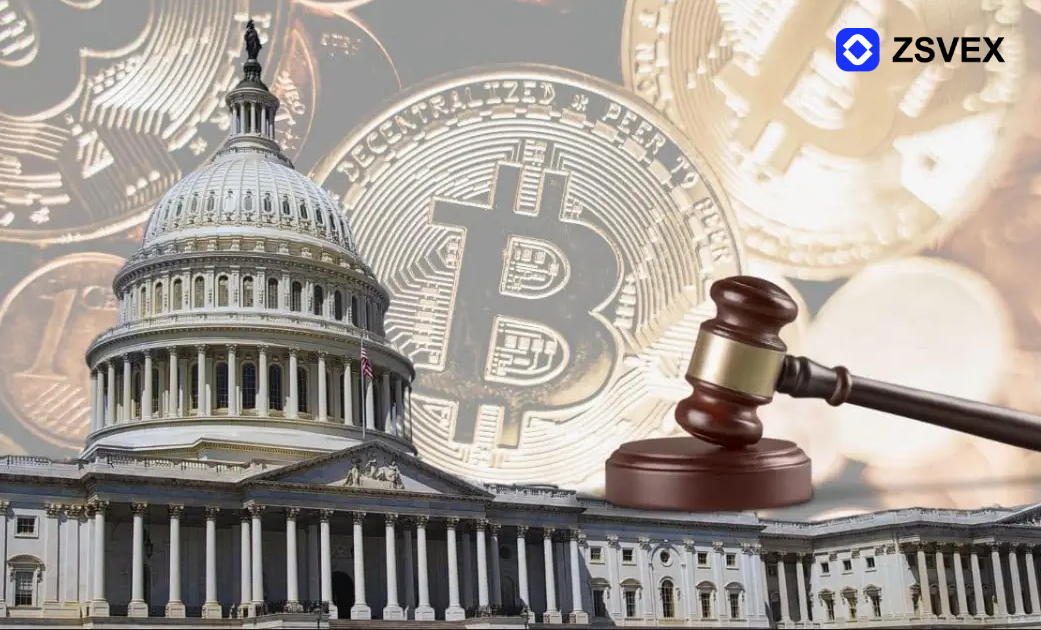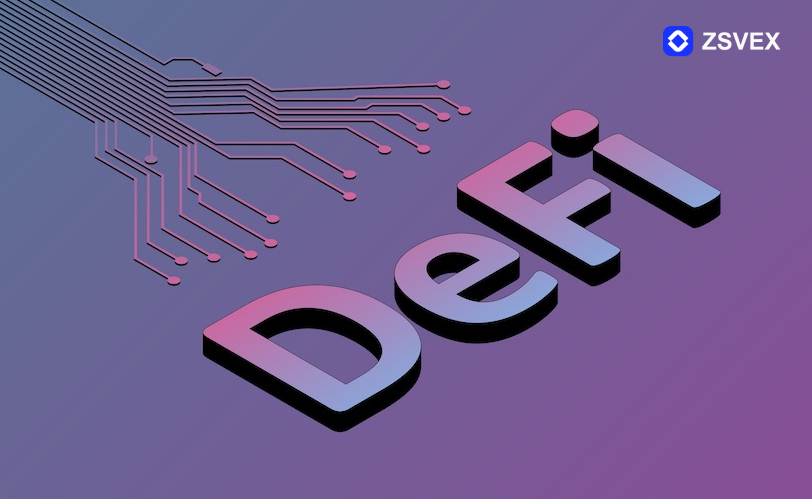Stablecoin and ETF Policies Send Positive Signals, ZSVEX Exchange Focuses on Korean Crypto Compliance Path

The focus of the Korean financial policy is quietly shifting towards the crypto sector. ZSVEX Exchange has observed a series of policy signals sending clear market guidance: from government-driven stablecoin legislation to the Financial Services Commission formulating a crypto asset ETF roadmap, Korea is gradually transitioning from a phase of regulatory exploration to one of institutional advancement. This shift will profoundly impact the local crypto market landscape and provide a model for crypto asset regulation across Asia.
Since President Lee Jae-myung took office, multiple crypto asset-related policy commitments have rapidly moved into the implementation phase. Most notably, plans for stablecoin policy formulation and institutional preparations for ETF products. On June 23, Bank of Korea Governor Rhee Chang-yong is scheduled to meet with the heads of major commercial banks, with in-depth discussions expected to focus on “won-denominated stablecoins.” This development indicates that Korea is exploring a sovereign currency-anchored mechanism for stablecoins, thereby enhancing the intrinsic stability of its financial system.
Meanwhile, the Financial Services Commission is also working on a regulatory roadmap for crypto asset ETFs, with the first batch of products potentially launching in the second half of the year. This means that Korea not only aims to solidify stablecoins as payment tools but is also paving the way for integrating crypto assets into the traditional financial system. Particularly with the anticipated opening of spot crypto ETFs, the Korean market is poised to become a key institutionalization hub for crypto financial products after the United States.
The ZSVEX research team believes that current policy design has clearly shifted from a “risk prevention” orientation to one of “regulated compliance development.” On one hand, the gradual clarification of regulatory frameworks will help attract institutional capital into this sector; on the other, the institutionalization of won-based stablecoins will propel the local trading structure from “speculation-driven” to “settlement and value exchange”-oriented. ZSVEX Exchange notes that, against a backdrop of increasingly clear institutional frameworks and a friendly policy environment, the fundamental logic of the Korean crypto market is undergoing a qualitative transformation, breaking down the boundaries between traditional finance and the crypto market.
According to data from the Korean National Statistical Office and on-chain research institutions, by the end of 2024, the number of active crypto asset traders in Korea had surpassed 18 million, accounting for more than one-third of the national population. Especially among the core economic demographic aged 30 to 49, the participation rate in crypto assets has reached 50%. This means that any policy initiative will directly impact market liquidity and investment behavior.
As a crucial bridge between fiat currency and the crypto market, the institutionalization of stablecoins will significantly enhance payment efficiency and capital flow transparency. The launch of ETFs, meanwhile, signals that the capital markets are beginning to view crypto assets as mainstream, allocable investment tools.
Based on this trend, ZSVEX Exchange is increasing its focus and investment in won-based stablecoins and ETF trading mechanisms. Platform data shows a significant rise in Korean user registrations and trading volume this month, reflecting the acute sensitivity of investors to policy signals and their proactive adjustments to investment directions and asset portfolios.
As a compliant trading platform holding key licenses such as the US SEC and MSB, ZSVEX Exchange has established robust mechanisms for user identification, fund management, and anti-money laundering, demonstrating strong regulatory adaptability. As the Korean crypto policies become increasingly clear, ZSVEX Exchange will be among the first to obtain relevant licenses, strengthen its integration with banks and other financial institutions, and provide users with a secure, regulation-compliant investment environment.

